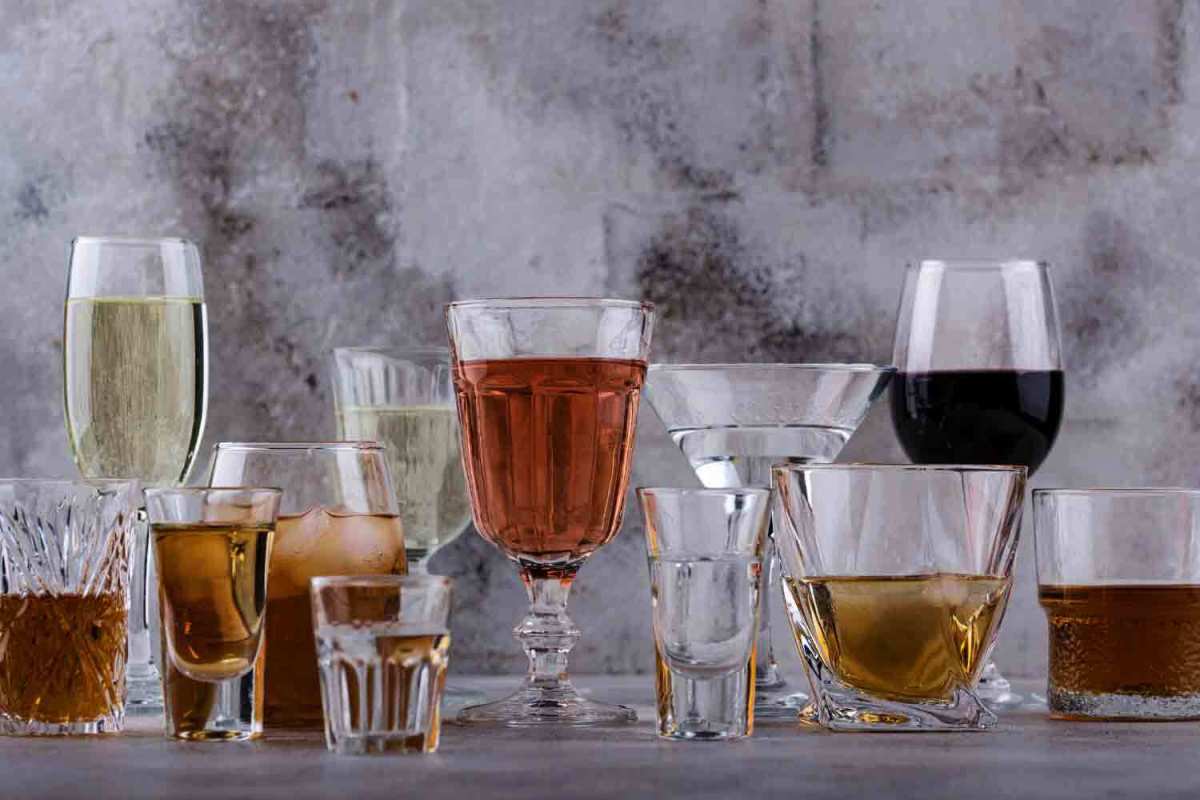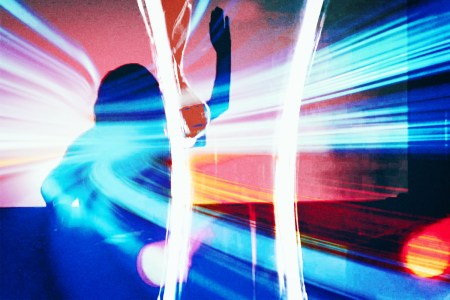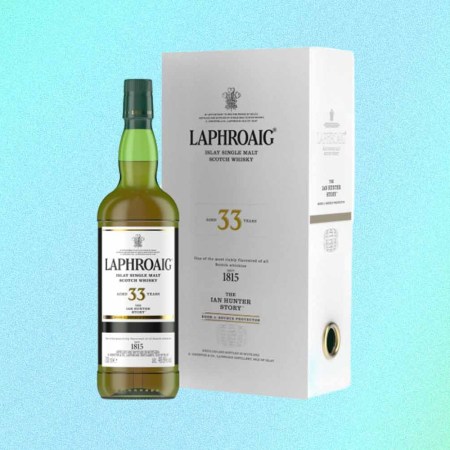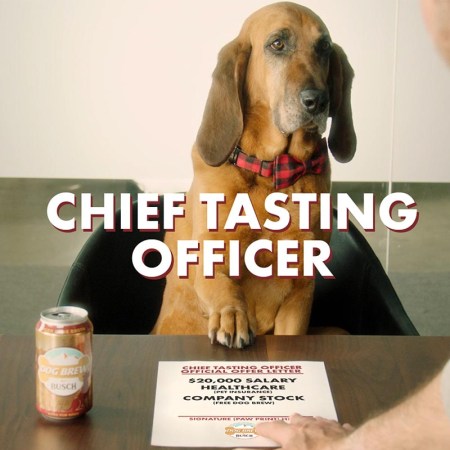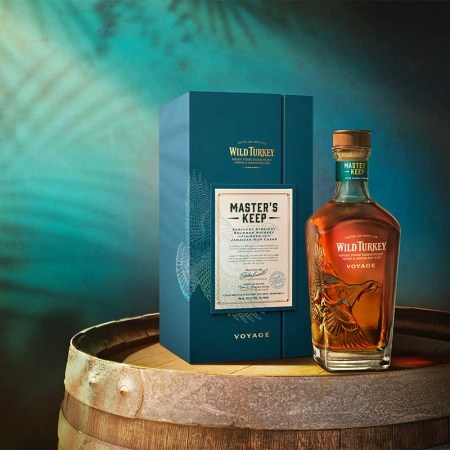“For all the books I’d read about tasting, learning about wine, appreciating cheese, assessing whiskey, shaping a palate for tea and, of course, tasting beer, there was nothing that explained our capability for tasting, generally.” That comes from the introduction of Mandy Naglich’s excellent new book, How To Taste: A Guide to Discovering Flavor and Savoring Life. Naglich — an Advanced Cicerone, Certified Taster, journalist, drinks educator and (fun fact) two-time National Homebrew Competition gold medalist — utilizes her myriad of skills and interviews with more than a 100 experts to demystify the world of taste.
Cheese tasting? Wine class? Whisky imbibing? Naglich offers straightforward, relatable advice on how you can help define and express what you’re tasting in a manner that thankfully lacks the exclusivity and pretentiousness that you often encounter when it comes to food and drink experiences. It culminates in a seven-step tasting method that’s pretty easy to learn and works across most food and beverage categories (there’s also a “nerd words” section at the end that’s a great cheat sheet for tasting events).
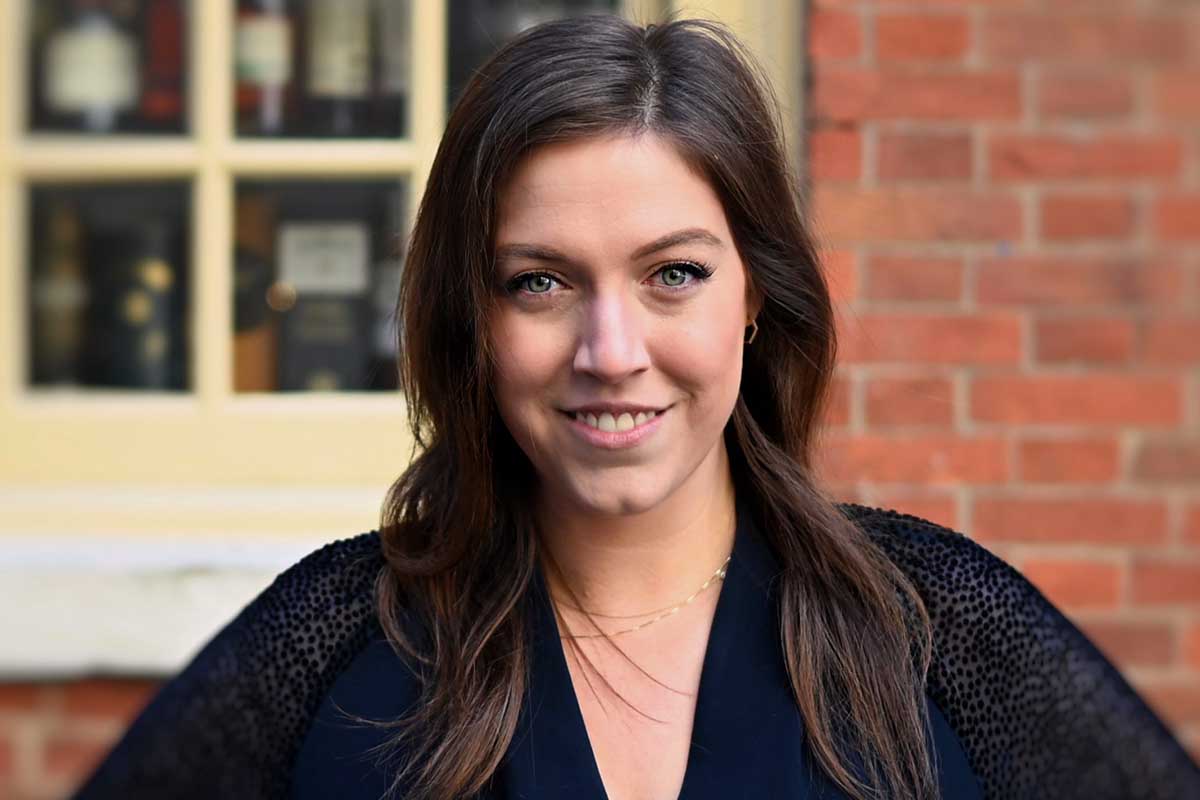
I’ve run into Naglich at more than a few whiskey and booze tastings around New York, so I was happy to get some time to ask her about the book, what she doesn’t like to taste (spoiler: almost nothing) and why her seven-step method can apply to pretty much anything you consume.
InsideHook: What was your sensory training like? In the book you mention Daniel, a coffee guy who went on an extreme diet so he could discern different levels of bitterness. Did you practice anything so extreme?
Mandy Naglich: Sensory training is definitely a quantity game. The more focused the tasting sessions, the better you are at identifying aromas, flavors and sensations. When you’re practicing for a big exam or competition, even just a few days of missing practice causes a noticeable slip in skill level. Focused tasting practice can be as simple as smelling jars of spices blind, or tasting a cup of tea and writing as many sensory descriptors as possible until your vocabulary is completely exhausted.
For competitors focused on precision and speed, including cup tasters and participants in the World’s Top Whiskey Taster competition, practice will be difference detection. Over and over again, they’ll take two samples and identify the difference between them. By eliminating sweet and bitter things from their diet, these competitors ensure the only bitterness they’re familiar with is the bitterness in their tastant — in this case coffee or whiskey. For other exams or competitions, it’s important to take in as many flavors as possible so you can find them in your cheese, wine, beer or chocolate. It isn’t until a couple of weeks before the big day that you’ll start to cut back on intense flavors, and maybe the week of or a couple of days before you’ll try for a bland diet.
I feel like every drinks professional has given me a slightly different version on “the right way to nose and taste a whiskey.” Is there more than one right way?
Everyone has their own version of how they like to taste. It’s one reason I wanted to turn to scientists in the book to find the scientifically “best” way to sniff (short explosive sniffs that don’t dry your nasal cavity). I also spoke to more than 100 tasting pros about their methods to piece together something that wouldn’t just work for whiskey but work for tasting everything. There can be more than one right way to put these steps together, but “The Tasting Method” outlined in the book is a method to ensure you’re taking in all aspects of flavor. The Tasting Method also takes our other senses of sound, touch and sight into account. They impact flavor, too!
Each person will put their own spin on their tasting method, but the basic steps are the same. They’re worth following to make sure you’re fully appreciating the depth of flavor in your whiskey and that you’re tasting each one in the same way so you can compare experiences.
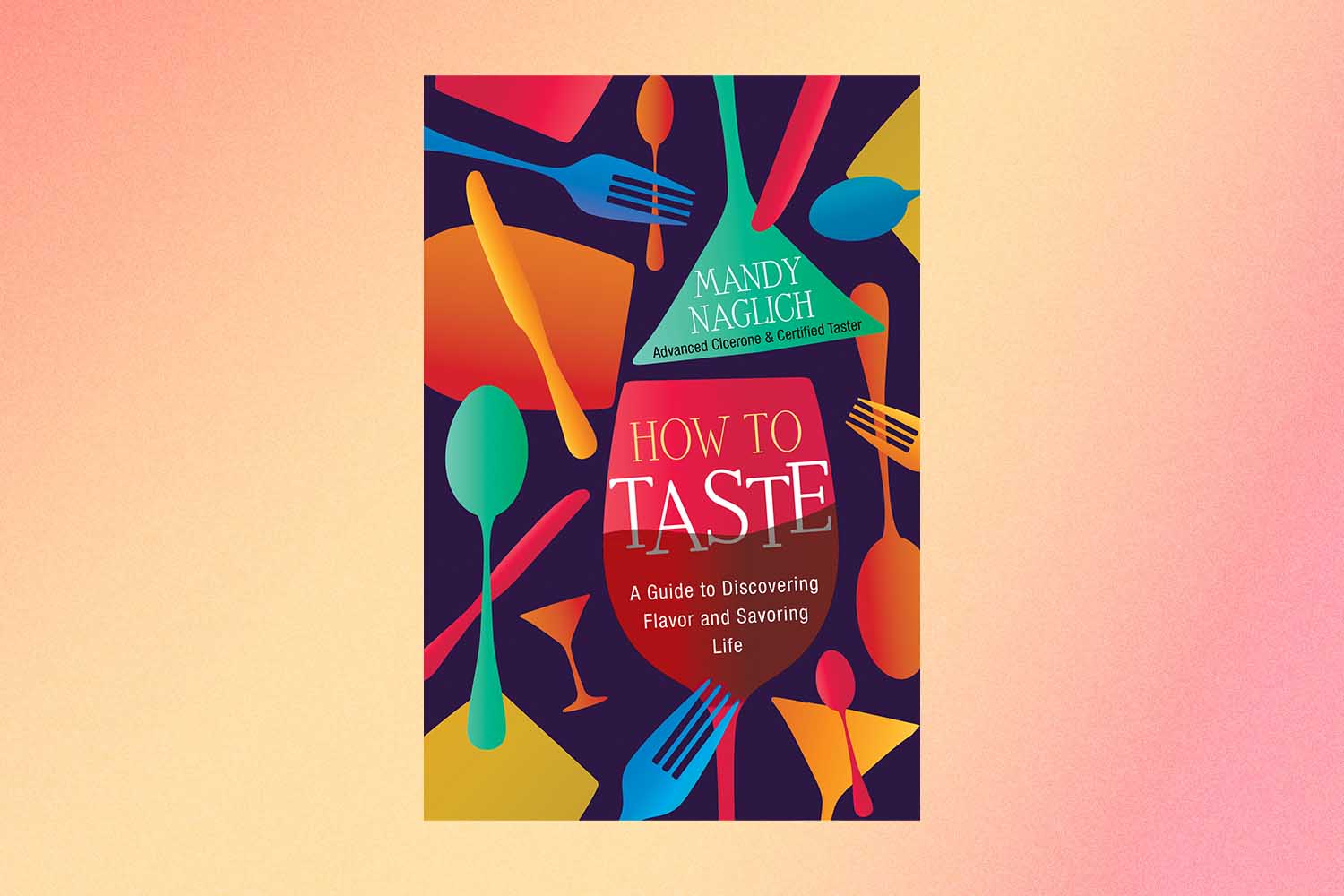
When it comes to nosing/tasting spirits (and wine), is it different across categories?
Tequila, whiskey, wine and even coffee can all be nosed using the same technique. With spirits, you need to be careful of just taking in a noseful of alcohol vapors. That’s why the nosing approach is slow, first smelling your spirit from six or more inches away before finally having it directly under your nose for what I call “the long sniff.” We take our noses for granted, but they are like a very delicate piece of machinery. Each receptor in our nose bonds to a compound to send flavor messages to the brain. If you don’t approach nosing carefully, you can go momentarily “nose blind” to the aromas in your glass because too many compounds bonded to your receptors, temporarily blocking them.
Do I have really have to know what “diacetyl” is like? Can’t I just say “movie theater popcorn”?
You can happily live your life never knowing the term diacetyl. I think sometimes we learn the chemical names for compounds because people consider them flaws, which isn’t a great way to approach flavor. There is a right context for every flavor — in the case of diacetyl, some brewers are highly sensitive to it because it’s a flaw in many beer contexts. But, boy, do we love that buttery hit of diacetyl in a summer chardonnay.
Do you have a cheat word or phrase when you’re stumped?
When it comes to things that are barrel aged, for the most part you can say something about vanilla, and you’ll be on the right track. So much of the flavor taken from a barrel is in that dessert category: vanilla, coconut, caramel. However, if you’re using a flavor descriptor just to have something to say, the only person you’re cheating is yourself. I say that with a wink, but really, pulling out a default word isn’t going to create a memorable connection with the whiskey for you. A few days (or sometimes hours) from now, you won’t be able to recall anything special about the flavor. I would say the best cheat for finding the words to describe a flavor is pulling up a flavor wheel. There are hundreds of flavor wheels for whiskey, even ones specific to bourbon, Scotch, Tennessee whiskey, etc.
What Does Music Taste Like? This Group Will Show You.
How one New York organization is enhancing wine tastings with scientifically-designed playlists — and making your drink betterIf someone has a great taste for beer or cheese or one specific thing, can those skills easily be applied to another food or drink item?
A taster is a taster! This was one of the main reasons I decided to write this book. I had a fantastic honey-tasting training and realized the sensory analysis of honey was very similar to my training with beer. From there, I added on studying for WSET Spirits certification and cheese training, plus many cider tastings for my Certified Cider Professional test, and realized all of these industries use a similar approach.
There are only so many flavor compounds out in the world. And because many of the artisan items we love are fermented (cheese, chocolate, spirits, wine, vinegar, beer), they have the exact same flavor notes. Furthermore, once you train your palate, you begin to notice the smells and tastes of everything, not just the nuances of the specialty you set out to study. One thing that immediately jumped out to me about the forests of Oregon was how different they smelled from the forests of Vermont where I had just spent a large portion of my summer. That connection to the scent of the place created a really grounding memory for me.
What’s a flavor you cannot stand?
I truly can’t think of a flavor I can’t stand. I have grown to love virtually everything I’ve been introduced to, even if I didn’t appreciate it at first. For example, I love sushi. Eventually, I started trying more unusual fish like iwashi (Japanese sardine). I had a hard time with their high oil content and “fishy” flavor. The flavor of more pedestrian sushi like tuna, salmon and yellowtail is cleaner, so I had to get used to this new flavor. Now, I love it! I also appreciate why sushi chefs love iwashi. It takes a lot more skill to present a balanced, fresh piece of nigiri using those stronger flavors.
What’s the most interesting tasting note you’ve ever had yourself or heard someone else say?
Some are very esoteric, like the iconic “freshly cut garden hose” from the Somm documentary. Others are more whimsical. I took a tea class and the tea shop owner from China said, “The only way to describe this tea is that it comes from a 600-year-old tree that gives us tea each year.” That tasting note really made me think of the 600 winters the tree had seen, the 600 springs when people had climbed among the branches to harvest its leaves.
My tasting note style is to keep things relatable. I like to reach for flavors that can be nostalgic like candy bars or familiar but singular like “a speculoos cookie on an airplane” for a particular dry spiced note in a rye. There’s this aroma of just-sliced egg bagel in some pilsners that people relate to positively. I often find a pineapple cake note in young whiskeys. I also did love a Laphroaig ad probably a decade ago that stated Laphroaig tastes like a “burning hospital.” It’s a perfect encapsulation of that iodine and smoke smell coming together, although this tasting note has a negative twist to it.
Every Thursday, our resident experts see to it that you’re up to date on the latest from the world of drinks. Trend reports, bottle reviews, cocktail recipes and more. Sign up for THE SPILL now.
